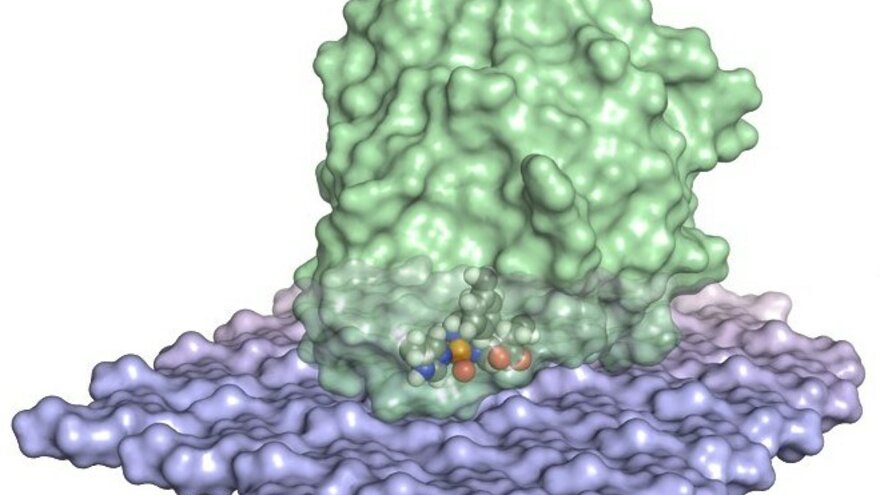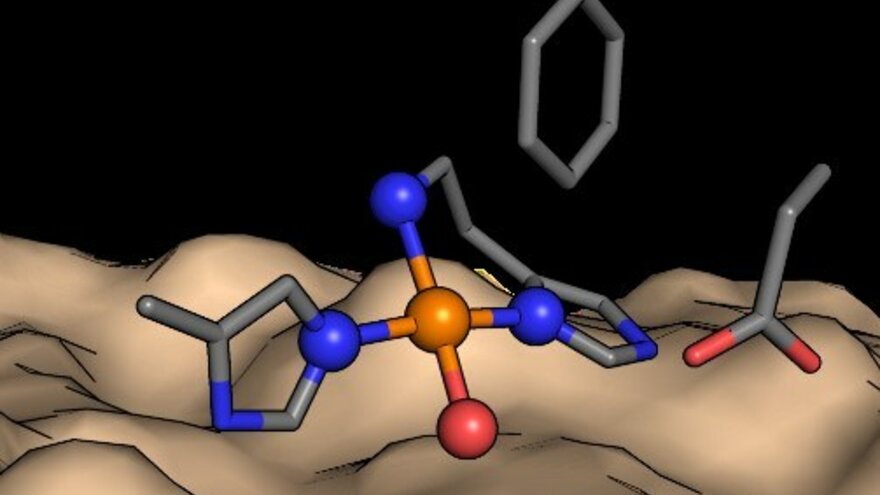Lytic Polysaccharide Monooxygenases (LPMOs) are unique mono-copper enzymes evolved to act on the surfaces of insoluble crystalline polysaccharides, such as cellulose.
Ever since the discovery of LPMOs in the Protein Engineering and Proteomics group at NMBU, in 2010, it has been speculated whether these unique enzymes could act on, or be engineered to act on, other surfaces, including plastics.
– Thanks to ten years of fundamental and applied research on LPMOs, we now have a knowledge base that allows us to explore and evolve these enzymes for plastic recycling. In parallel there have been revolutionary developments in enzymatic degradation of plastics like PET, which, most interestingly, have shown that, just like in cellulose processing, substrate crystallinity is limiting the rate of enzymatic degradation. We believe that LPMOs can help to solve this issue, and preliminary results are promising, says NMBU-professor Vincent Eijsink.
Thus, LPMOs are important for NMBU’s sustainability arena SmartPlast, which, among other things, addresses enzymatic tools for plastic recycling, and for Enzyclic, a newly funded cross-disciplinary NFR project that targets the plastic problem by simultaneously evolving plastics (done by Norner) and enzymes to recycle these. And this may be only the beginning!
With the knowledge now at hand, NMBU researchers believe that LPMOs may be evolved to do important novel things, from catalyzing difficult-to-control and industrially important alkane oxidations, as in the ERC-Synergy project Cube, to breaking down various plastics, killing resilient pathogenic bacteria, and/or degrading other recalcitrant materials such as keratin.


Click here to read more